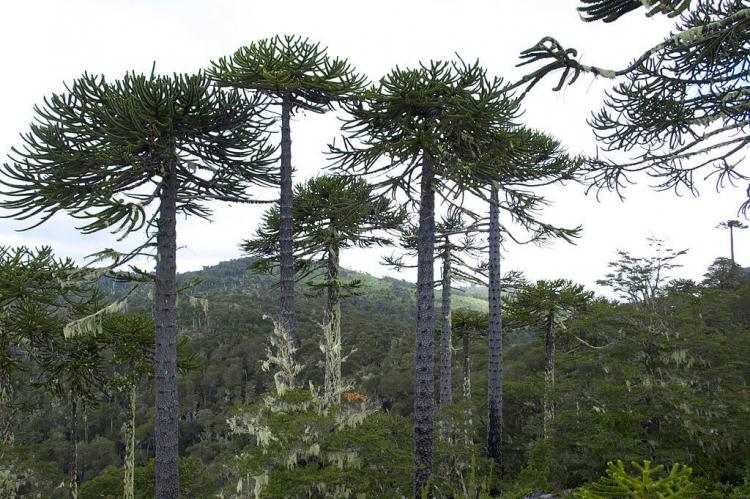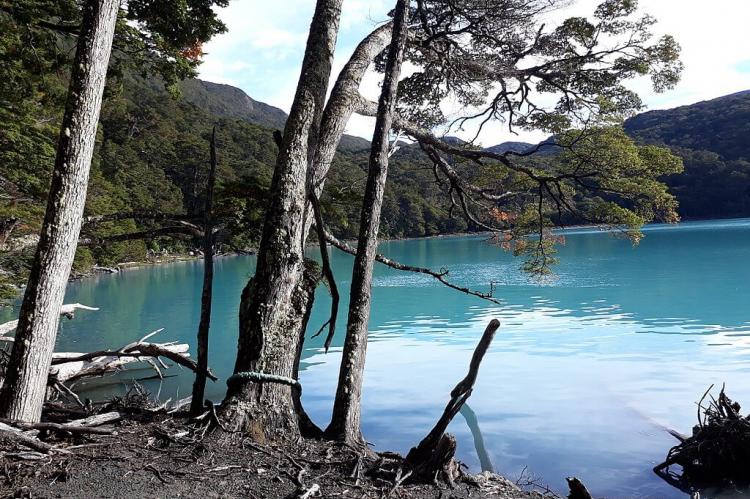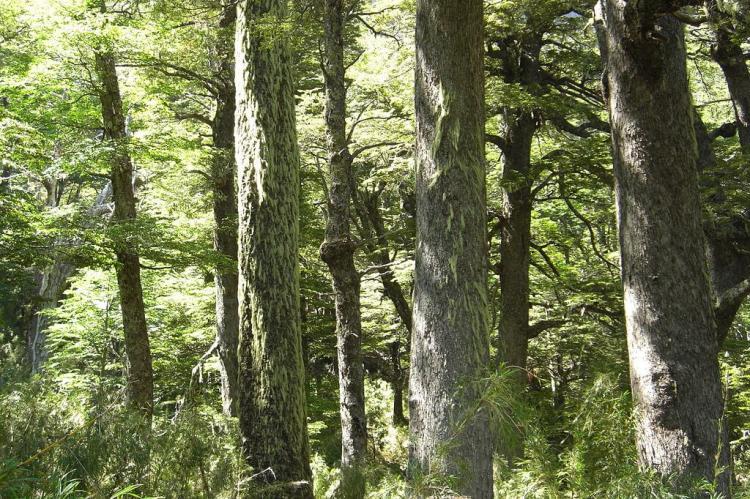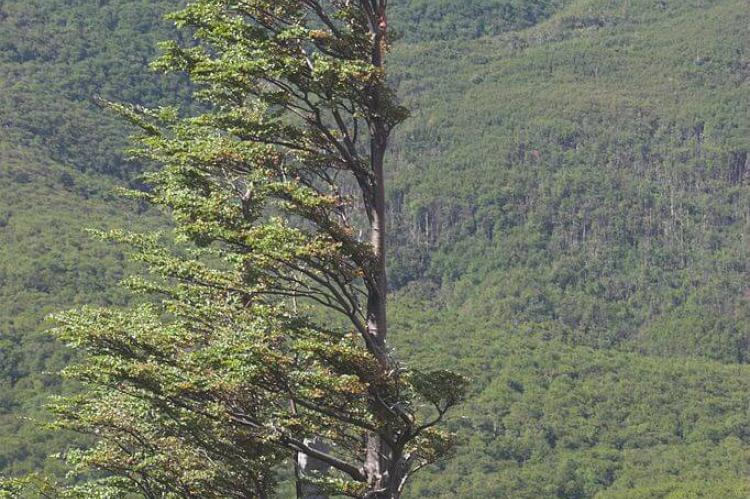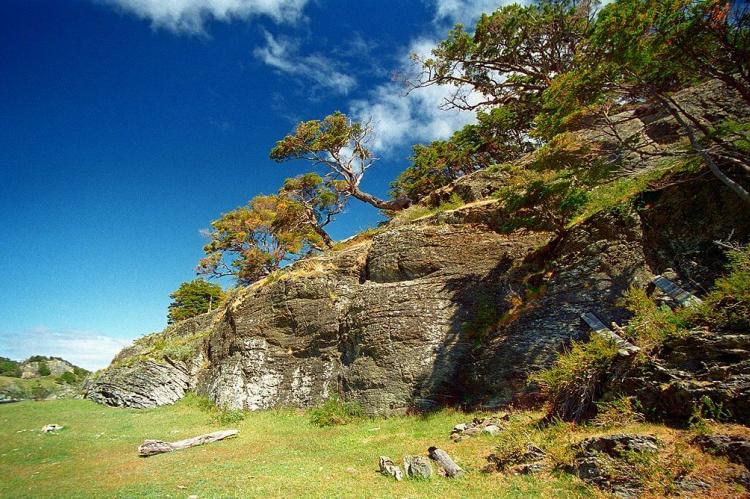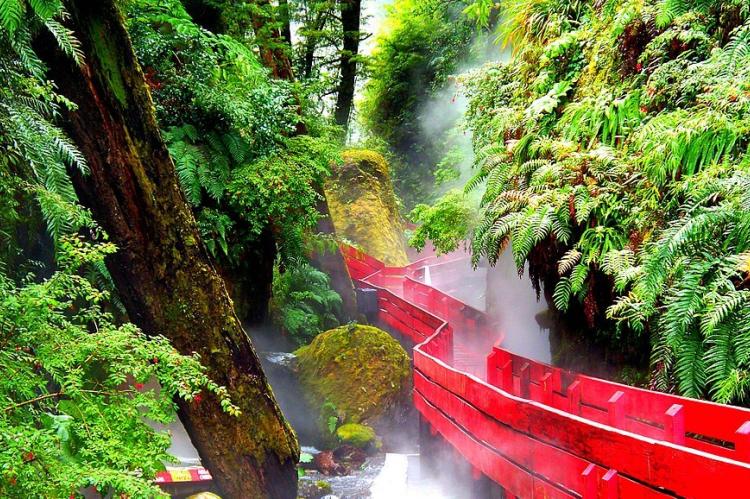The Andean Patagonian Forest: A Haven of Biodiversity and Natural Wonders
The Andean Patagonian Forest, along the slopes of the Andes in southern South America, is a testament to this distinctive temperate woodland's remarkable beauty and ecological abundance. Spanning areas in southern Chile and Argentina, it claims the title of the southernmost forest on Earth.
The Andean Patagonian Forest
A Haven of Biodiversity and Natural Wonders
Nestled along the steep elevations on both sides of the Andes Mountains in southern South America, the Andean Patagonian Forest, or Bosque Andino Patagónico, is a testament to the extraordinary beauty and ecological richness of this unique temperate forest. Encompassing regions in southern Chile and Argentina, it is the southernmost forest on Earth.
Untouched Wilderness and Cultural Significance
Spanning approximately 6.5 million hectares (over 25,000 square miles), the Andean Patagonian Forest remains one of the few relatively undisturbed temperate forests that has undergone minimal alterations by human activities. Beyond its ecological significance, this forest is a cultural heritage repository, with archaeological and historical value tracing back to the indigenous communities that once thrived in this region.
Breathtaking Fauna Diversity
The fauna of the Andean Patagonian forest region is a testament to its biodiversity, boasting numerous endemic species. Predatory mammals like the cougar (Felis concolor), culpeo (Lycalopex culpaeus), southern river otter (Lontra provocax), and Geoffroy's cat (Leopardus geoffroyi) roam these lands. Other mammals include Humboldt's hog-nosed skunk (Conepatus humboldtii), the Patagonian mara (Dolichotis patagonum), guanaco (Lama guanicoe), and various rodent species.
Bird enthusiasts can marvel at the diverse avian population, from the majestic black-chested buzzard-eagle (Geranoaetus melanoleucus) and Magellanic woodpecker (Campephilus magellanicus) to the graceful Chilean swallow (Tachycineta meyeni) and the charismatic torrent duck (Merganetta armata).
Amphibians such as the toad (Rhinella spinulosa), large four-eyed frog (Pleurodema bufoninum), Pleurodema bibroni, and the marsupial Darwin's frog (Rhinoderma darwinii) share their habitat with numerous lizards and the Peru slender snake (Tachymenis peruviana). The lakes and rivers within the forest also harbor many native fish species.
Diverse Regions Within the Andean Patagonian Forest
1. Deciduous Forest
Stretching from Neuquén to Tierra del Fuego, the deciduous forest is the easternmost and driest part of the Andean Patagonian Forest. It hosts three main deciduous species: lenga beech (Nothofagus pumilio), Antarctic beech (Nothofagus antarctica), and mountain cypress (Austrocedrus chilensis). The lower layer includes shrubs like box-leaf azara (Azara microphylla), Chilean wineberry (Aristotelia chilensis), Darwin's barberry (Berberis darwinii), box-leaved barberry (Berberis microphylla), the bamboo coligüe cane (Chusquea curious), along with a variety of herbs.
2. Magellanic Subpolar Forests
Situated at the southern end, the Magellanic subpolar forests experience a colder, dry climate. The dominant tree, evergreen Magellan's beech (Nothofagus betuloides), is sometimes accompanied by canelo (Drimys winteri). While sharing similarities with the deciduous forest regarding understory shrubs, Magellanic subpolar forests lack bamboo and feature peat bogs with sphagnum moss and sundew (Drosera uniflora).
3. Valdivian Temperate Rain Forest
This ecoregion in the western part experiences higher precipitation, with some areas receiving an average rainfall of 4,000 millimeters (157 inches) per year. The Valdivian temperate rain forest boasts common trees like continue (Nothofagus dombeyi), Patagonian cypress (Fitzroya cupressoides), Chilean hazel (Gevuina avellana), Elmo (Eucryphia cordifolia), Guaitecas cypress (Pilgerodendron uniform), podocarp (Podocarpus subgenus), and the female man (Saxegothaea conspicua). The dense understory features bamboo, hardy fuchsia (Fuchsia magellanica), reeds, and ferns.
Mammals that inhabit the Valdivian forest include the arboreal marsupial, monito del monte (Dromiciops gliroides), the world's smallest deer, southern pudú (Pudu pudu), and South America's smallest cat, the kodkod (Leopardus guigna). The giant snail (Macrocyclis peruvianus), with a shell length of 6.5 centimeters (2.6 inches), is also found here.
4. Del Pehuén
Situated in the forest's center, west of Neuquén, the Del Pehuén region has an extensive logging history. Dominated by the Chilean pine (Araucaria araucana), the understory is scanty, featuring shrubs like bamboo caña coligüe (Chusquea culeou) and box-leaved barberry (Berberis buxifolia).
Conservation Imperatives and Additional Resources
While the Andean Patagonian Forest remains a relatively untouched marvel, conservation efforts are crucial for its continued existence. Organizations such as the National Geographic Society, World Wildlife Fund (WWF), and local environmental groups play pivotal roles in safeguarding this ecological gem. For those eager to delve deeper into the subject, these resources provide valuable insights into the conservation challenges and ongoing initiatives to preserve the Andean Patagonian Forest.
In conclusion, the Andean Patagonian Forest is a breathtaking showcase of biodiversity and ecological wonders. Its four distinct regions offer a mosaic of landscapes and habitats, making it an unparalleled destination for nature enthusiasts and conservation advocates.
